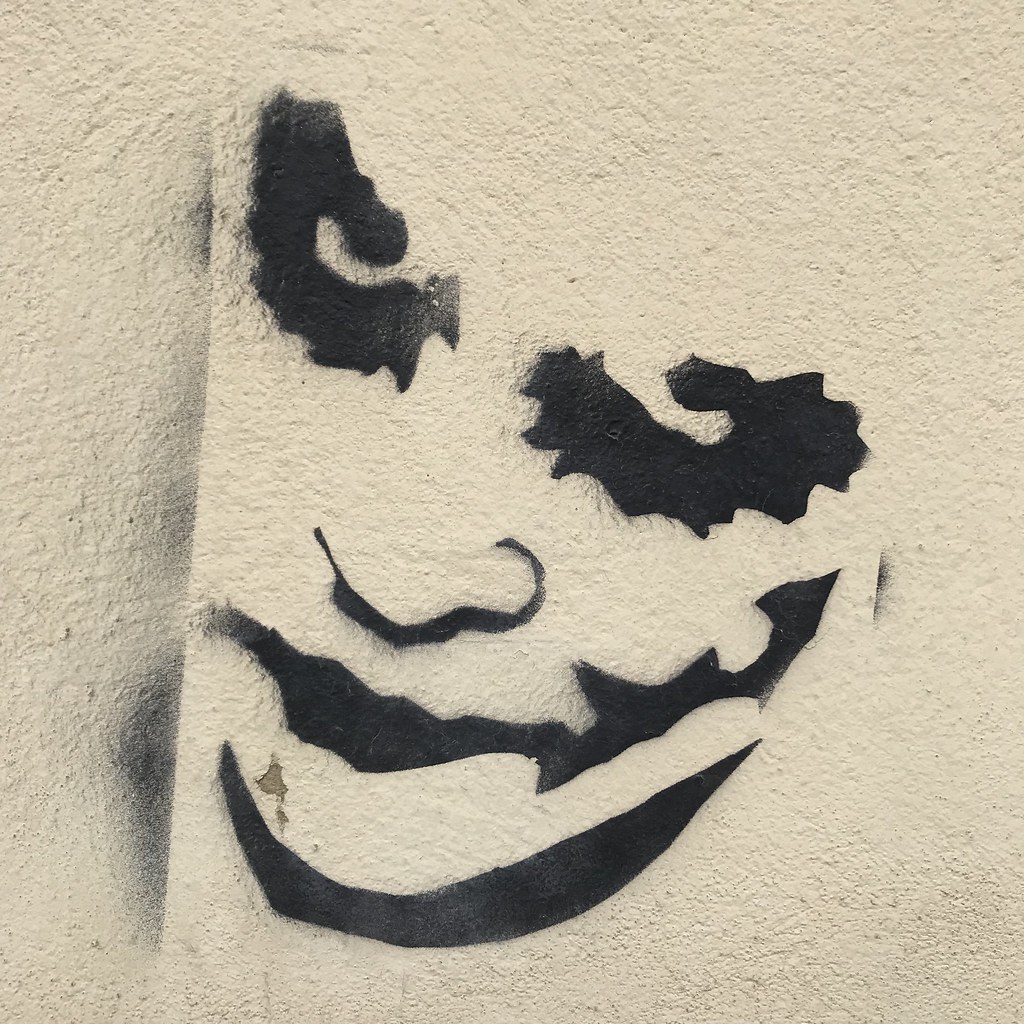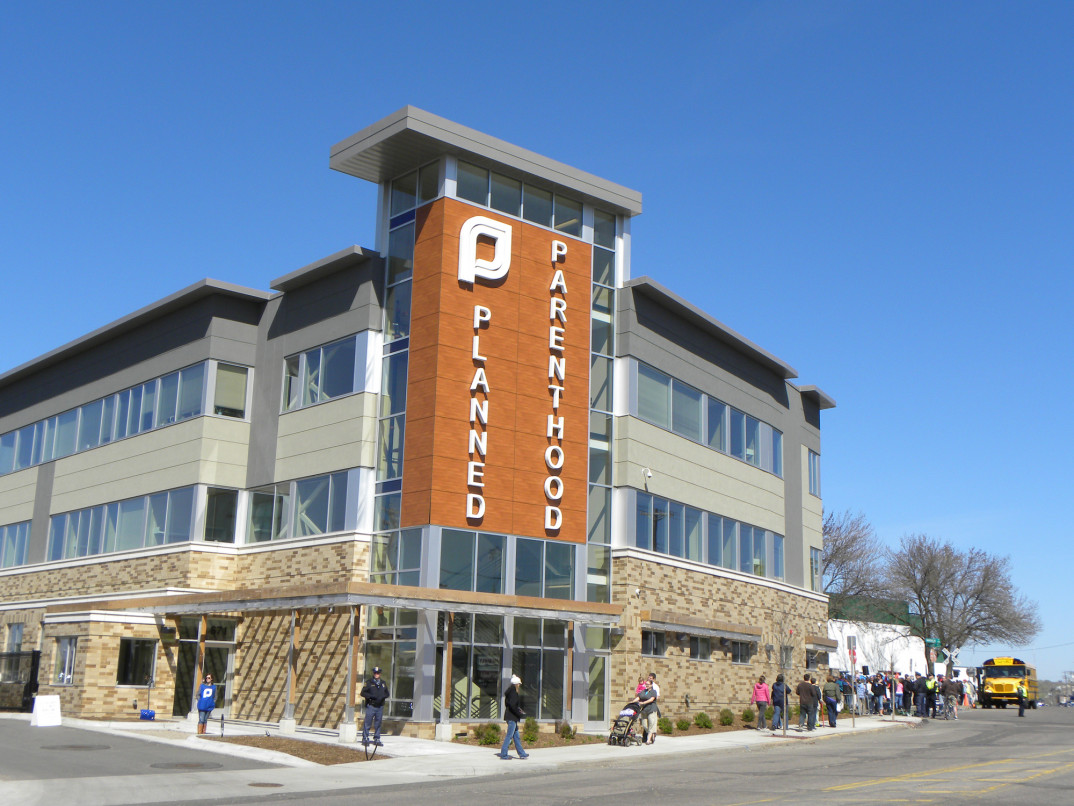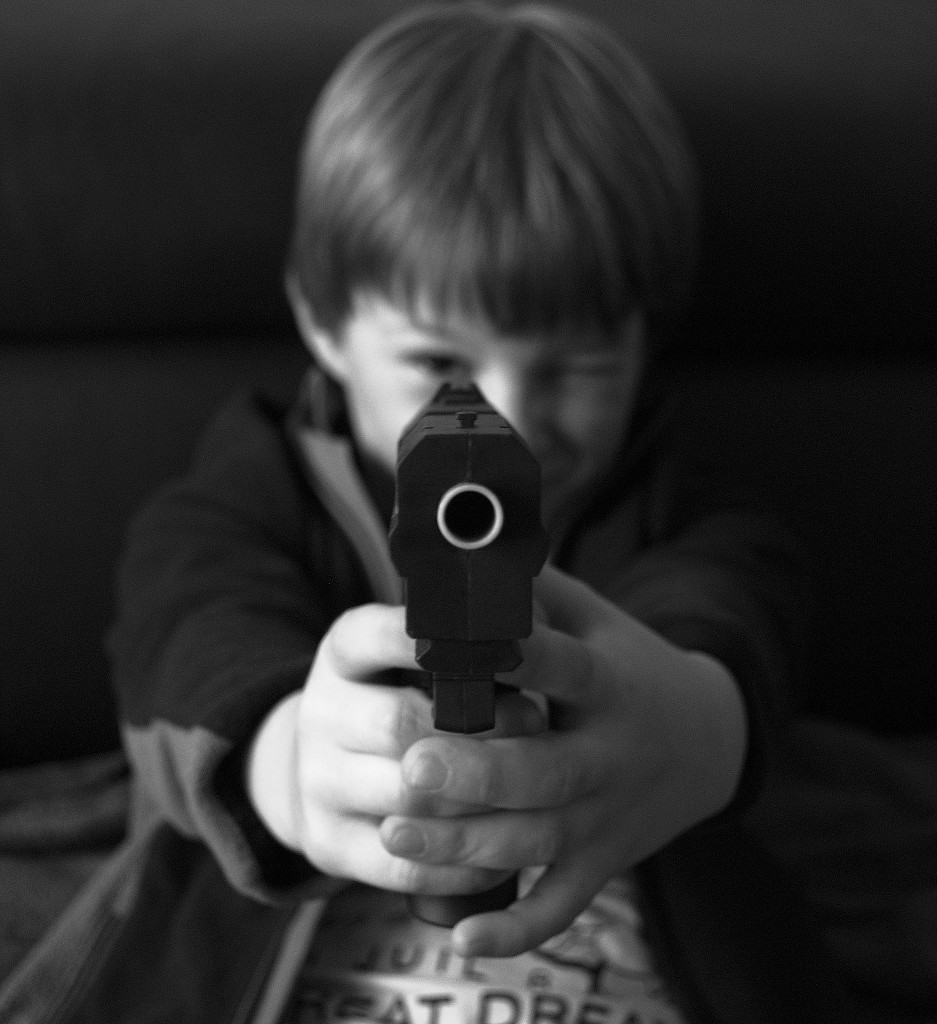On Saturday, May 14th, yet another mass shooting occurred in the United States. Ten people were killed, and three more injured. This was not a random act of violence. The shooter drove about three hours to reach a grocery store in Buffalo, NY rather than a location closer to his home in Conklin, NY. He claims he chose this area as it had the highest percentage Black population of potential target locations. Why target a Black neighborhood? The shooter apparently believes white Americans are being “replaced” by other racial and ethnic groups.
The once fringe idea of “replacement” has become mainstream.
This is the conspiracy theory that some group is working to ensure the decline of the white population in the U.S. and Western Europe, in order to “replace” them with people of other races and ethnicities. Originally presented as an anti-Semitic conspiracy, “replacement” has entered into American politics in a different form; some Republican politicians and media pundits claim that Democrats want increased immigration for the purpose of “replacing” white, conservative-leaning voters with those more likely to vote blue.
It is very easy to dismiss the idea of “replacement.” Indeed, much recent reporting immediately labels it racist without much explanation (never mind that the account is factually mistaken). But given the trend of claiming that left-leaning individuals call any idea they do not like “racist,” it’s worth spelling out exactly why fearing “replacement” relies on racist assumptions.
First, it is worth noting that “replacement” for political gain would be a poor plan. Immigrants are not a monolith. For instance, Donald Trump actually gained support among Hispanic voters between 2016 and 2020. In general, the relationship between demography and political outcomes is not so clean cut. Further, the plan would take a long time to develop – you must be a legal resident for five years before qualifying for citizenship, not including time it takes to apply for and receive a green card, provided one even qualifies. Of course, this may dovetail with other conspiracies.
Second, there is something antidemocratic about feeling threatened by “replacement.” It is impossible for an electorate to remain static. Between each election, some children reach voting age, some voters die, events happen which change our views and which motivate us to get out the vote or simply stay home. Just as Heraclitus suggested we can never step in the same river twice, we can never have the same election twice. Provided that elections are fair, open, and secure, objecting to a changing electorate because you perceive that your favored political goals will be threatened is to deny the starting premise of democracy – that every citizen’s political preference counts equally.
To fear changing demographics out of concern for the impact on elections is to value your preferred outcomes over the equality of your fellow citizens.
So perhaps some find the idea of “replacement” frightening because they fear its impacts on culture. They might view it as a kind of cultural genocide; the decreasing portion of the white population threatens to destroy white, American culture and replace it with something else.
In 1753, Benjamin Franklin expressed anxieties about German immigration into the colonies. He claimed that, although some Germans are virtuous, the majority of the new immigrants were the “most ignorant or stupid sort of their nation.” He bemoaned that they do not bother to learn English, instead creating German language newspapers and street signs in both English and German. He feared that, unless German immigration was limited, “they will soon so outnumber us, that … [we will not] be able to preserve our language, and even our Government will become precarious.”
In 2022, Americans eat bratwurst and frankfurters with sauerkraut. We send our children to Kindergarten. The most popular American beers originated from Adolph Coors, Adolphus Busch and Frederick Miller. Franklin’s concerns about German immigration echo those we hear today about immigrants from different places. But Germans did not replace Americans or topple the government.
Instead, these immigrants altered our culture. Like our electorates, our culture is never static. It is constantly changing, in response to global events and in response to new knowledge and traditions that immigrants bring. As our culture changes, who we label as outsiders changes; two hundred years ago, it was non-Anglos and non-Protestants.
If Franklin was wrong to fear German influence on American culture, it’s hard to see any relevant difference with fearing the effects of contemporary immigration.
Some fear “replacement” for a different reason, claiming that changing demographics will result in new majorities exacting revenge. The idea being that, after white citizens become a political minority, the new political majority will engage in retributive measures for past injustices.
This view of the dangers of “replacement” indicates that a majority can use our political institutions in ways that unjustly harm minorities. In fact, it seems to even acknowledge that this has occurred. So, why leave that system intact? The far better response would be to reform or maybe even replace current systems that allow a majority to perpetuate injustices against a minority.
And we now see clearly why fear of “replacement” stems from racism. Being afraid of changing demographics requires denying that all citizens of a nation deserve an equal say in how it is run. It means conceiving of a particular culture as superior to another. And, ultimately, it involves thinking our institutions ought to be designed in ways that allow a majority to commit injustices against a minority. In these ways, the person who fears “replacement” endorses a hierarchical worldview where some deserve to count for more, are superior to, and deserve power over, others. It is only through this lens that a change in racial and ethnic demographics can be worrisome.
But given all this, why would anyone find the idea of “replacement” a compelling one? Finding an answer to this question is crucial if we are to counteract it. The U.S. is still very segregated. This is due to the interaction of numerous historical, political, and economic factors, at both the local and national levels. I grew up in a suburb of Buffalo, called Hamburg. According to 2021 data, the population of Hamburg is 96.1% white. 2021 census estimates that 95.7% of the population of Conklin is white. These figures are remarkable given that the U.S. as a whole is 57.6% white.
To live in a place like Hamburg or Conklin is to live in a white world. You can complete an entire day in town – a trip to the grocery store, a doctor’s appointment and a deposit at the bank – and only encounter white people.
It is no wonder why some may feel threatened by the idea of “replacement”; a world where people of color are increasingly visible is not their world. They have little exposure to a world that is not (nearly) entirely white, thus the prospect of it triggers the fear of the unknown. Hence why “replacement” is frightening – it threatens to “destroy” their world.
So, responding to terrorist acts like those in Buffalo requires a lot more than athletes telling us to choose love or teaching President Biden about “Buffalove.” It requires significant institutional change. To truly eliminate the grip that ideas like “replacement” have on some, we must work to counteract the injustices that leave many of us living in separate worlds. Given the increasing frequency of racially-motivated terrorist acts in the U.S., this task is only becoming more pressing.





